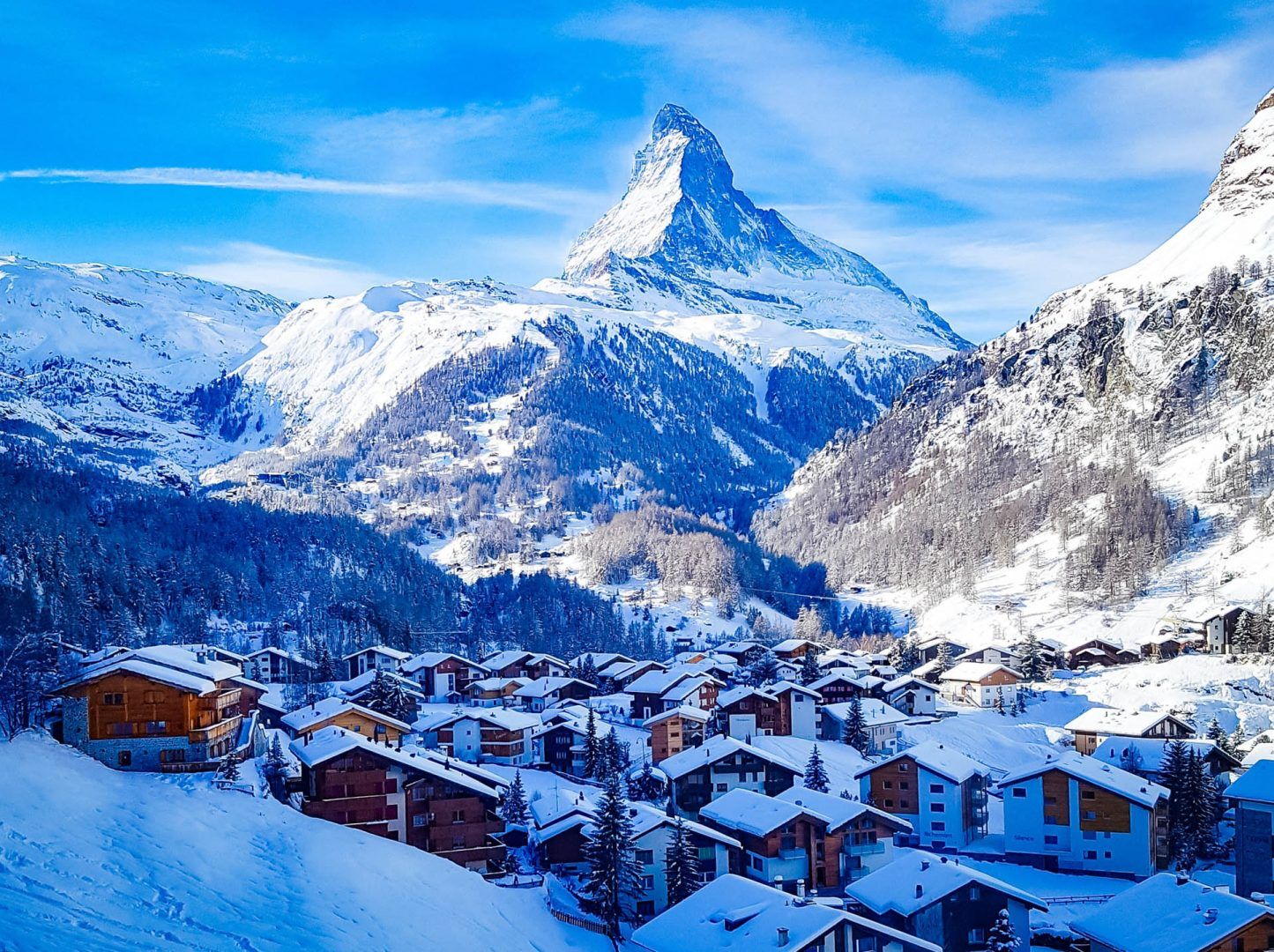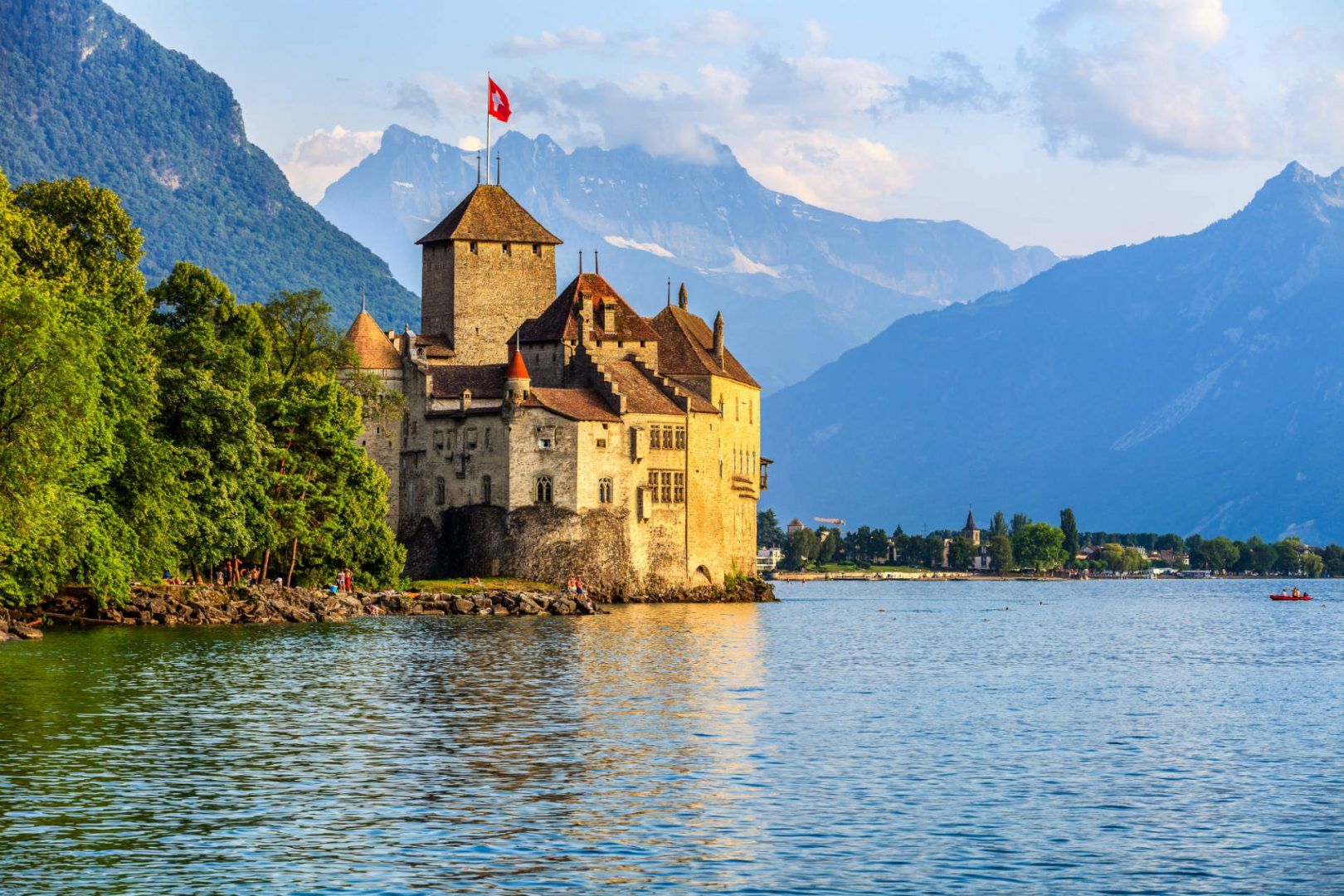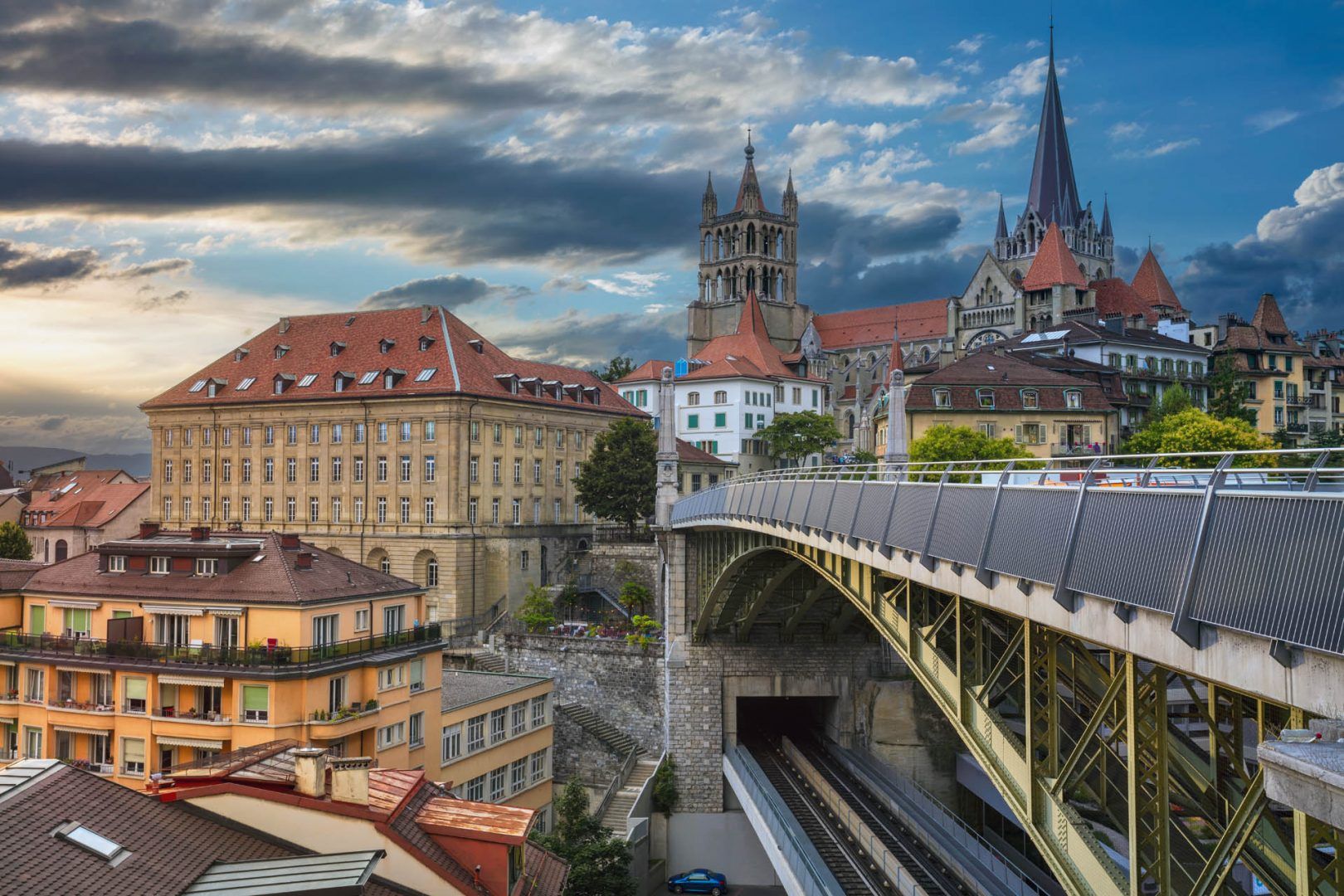How to visit Switzerland in 10 days
Now you’re armed with detail on the best things to see and do during an unforgettable ten-day trip to Switzerland, we turn our focus to practical matters that’ll help you plan your vacation.
When to visit Switzerland
The best time to visit Switzerland depends on the kinds of things you most want to do. It really is a year-round destination, with each season inviting different activities.
It’s worth knowing that Switzerland has two main peak tourist seasons. The summer months of July and August attract tons of sightseers and hikers, while the winter peak season (late-December to February, especially around Christmas and New Year) is popular with skiers.
If you’re not coming for winter sports, aren’t set on visiting in the hottest summer months — and don’t want to pay peak-season prices — visit in late spring (May to mid-June), or early fall (September to October).
How to get around Switzerland
In short, getting around Switzerland is a breeze.
The country’s transport infrastructure is second to none — punctual, comfortable, clean and modern.
It’s clear why the Swiss are the most frequent train users in Europe — the network is super-scenic, and super-efficient — with its bus network covering ground not served by rail.
In addition, bus and train timetables are coordinated, which means making connections is a smooth experience.
Ahead of your trip, you’ll want to research all the money-saving Swiss rail passes that are available.
While they're all good value, you’ll need to figure out which option best suits your trip, from the Swiss Travel Pass — which gives free unlimited travel on three, four, six, eight or fifteen consecutive days on just about every train in the country, plus free entry to 500+ museums — to the Swiss Family Card..
Cost of a Switzerland 10-day trip
Known for its high cost of living, Switzerland isn’t exactly a budget destination.
The cost of a 10-day trip also depends on the kind of accommodation you opt for, how much distance you’re covering, how you to choose to get around, and the types of trips and tours you take.
As a ballpark guide, for a comfortable but not overly luxurious trip, you can expect to spend around $2,000–$3,000 per person, excluding international flights.
That means staying in the likes of 3-star hotels, guesthouses and Airbnbs, and choosing where you eat wisely. Generally, dining out in Switzerland is expensive, but you can manage costs by mixing mid-price restaurant meals with self-catering.
When it comes to getting around, be sure to research travel passes, and to pick the right one. The same goes for tours, trips and activities — there are a lot out there, so define what you most want to do, and compare costs.
Also note that some experiences are covered by the Swiss Travel Pass (e.g. a Lake Geneva boat trip), and others (mountain cable cars) offer discounted rates for pass holders.
Do you need a visa?
US citizens can enter Switzerland for up to 90 days within a 180-day period for tourism, business, or family visits without needing a visa.
This is part of the Schengen Area agreement, which allows visa-free travel to 26 European countries, including Switzerland, for short stays.
Just note that your passport must be valid for at least 3 months beyond your planned date of departure from the Schengen Area.
Is 10 days enough?
How long you need in Switzerland — and whether 10 days is enough — kind-of depends on your expectations, and how much you end up falling for the places you visit, and wish you had longer in.
That said, as revealed by this itinerary, with planning, you can definitely experience stacks of Swiss delights in ten days.
If, on the other hand, you’re not set on a ten-day trip, keep here are rewarding ways to spend seven and fourteen days in Switzerland.
Switzerland in 7 days
If you have 7 days in Switzerland, it’s better to focus on one area, or couple of destinations, rather than zip around too much. While the public transport network is incredibly efficient, tying to cover a lot of ground is likely to hamper your enjoyment.
For example, one of our expert-curated 7-day Switzerland itineraries suggests concentrating on Geneva, Montreux and Lausanne, while another does a deep dive into Interlaken and the Jungfrau Region.
Switzerland in 14 days
Having 14 days in Switzerland opens up fresh possibilities.
You could, for example, simply expand the 10-day itinerary shared above to give you more time in a couple of the destinations.
It would also be easy to include Bern in this trip plan (its UNESCO Old Town is utterly enchanting) and Basel, which is accessed in around an hour from Zurich.
Want more ideas? Browse our Switzerland itineraries — they can all be customized to your interests and trip duration, and they all free you up from the hassle of planning and booking.






![The sustainable Gornergrat Railway © Swiss Tourism Swisstainable train journeys]](https://deih43ym53wif.cloudfront.net/ST_3x2_Zermatt-Gornergratbahn_52011.jpg_368fcf9a64.jpg)




